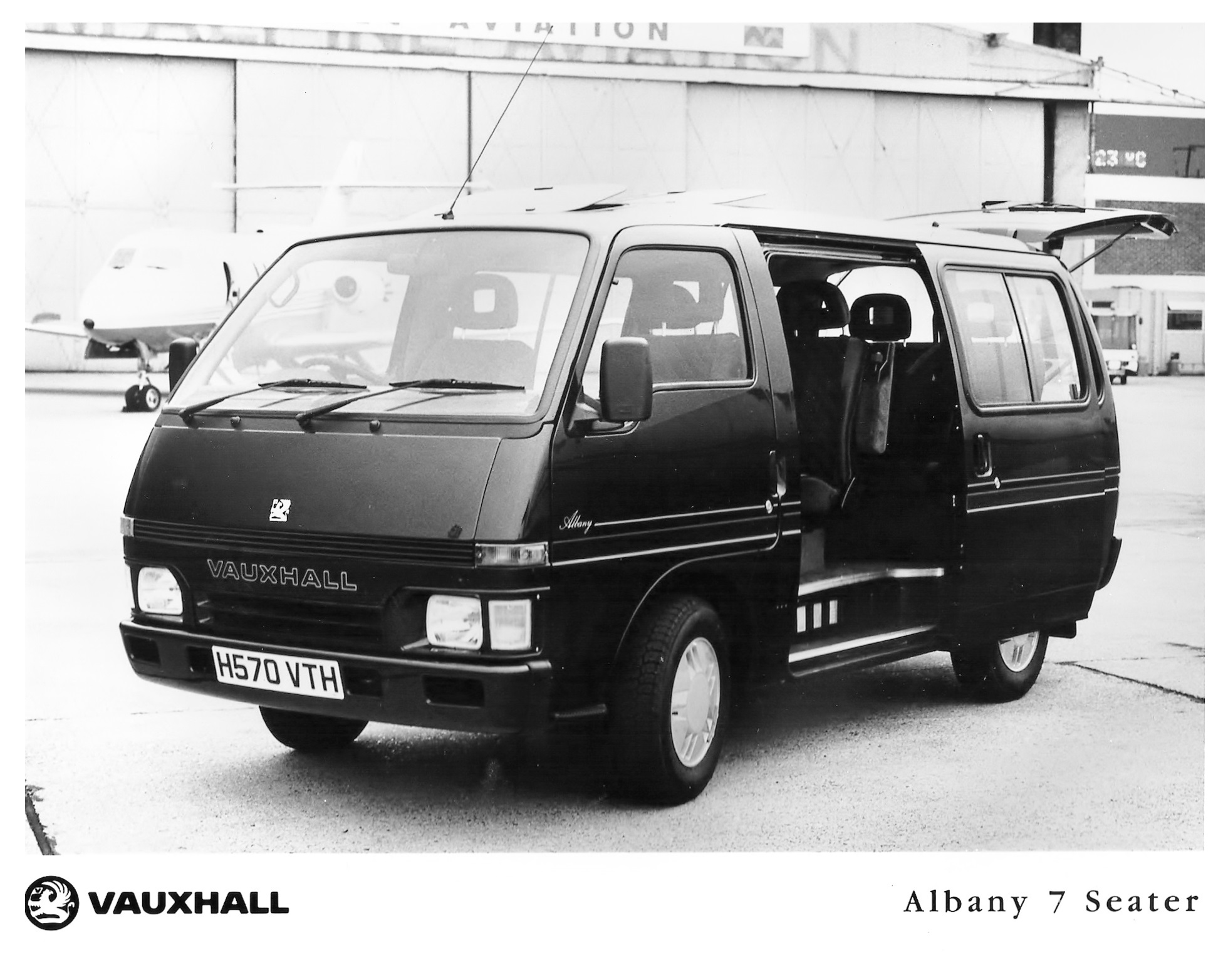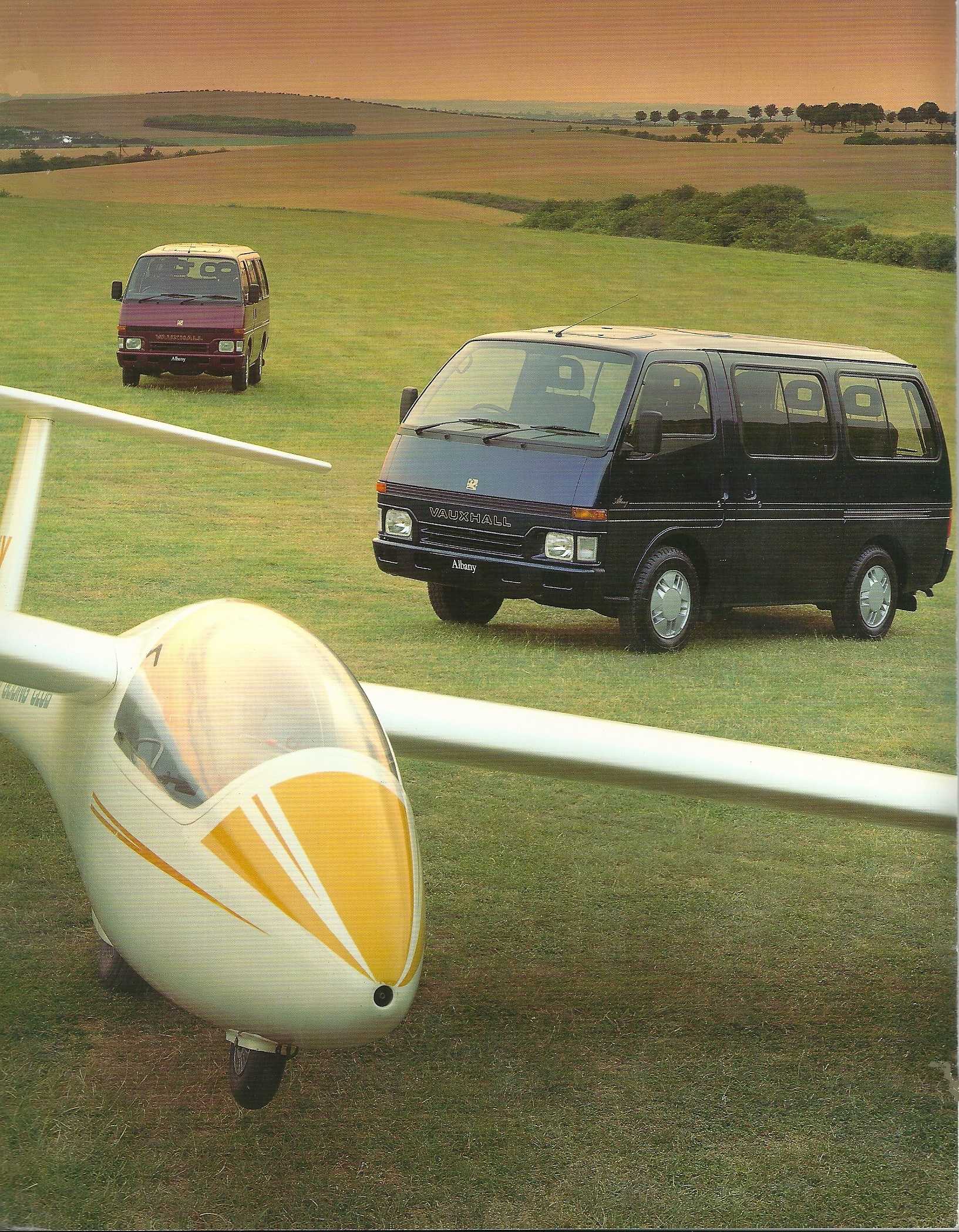...or 'Two Wrights definitely make a wrong'
Model bus collectors can't have failed to notice that the recently-introduced Borismaster (or New Bus for London, or New Routemaster, or Wrightbus NBFL, or whatever you prefer to call these things) in Corgi Toys' 'Best of British' series has proved something of a revelation and is flying off the shelves, especially into the hands of fleet operators who are often buying large batches. Even I, a staunch non-London fan with a dislike of the real thing, succumbed to the temptation of my usual supplier offering one for just £8.
 |
| A fairly pleasant looking little model of a rather ugly bus. |
However, I must admit that the very existence of this model confuses me so the point of this post is to express my puzzlement. No one can blame Corgi for wanting a piece of the lucrative London tourist market, but the way they have gone about it seems rather peculiar. An exact 1/76 scale model of the Borismaster already exists in the Original Omnibus Company range, sold as a highly-detailed collectors' model at prices around £30 to £40. Logically, producing a simplified version of this, lacking the fine details such as etched mirrors and wipers, would have been a golden opportunity to generate more sales from an existing casting, given that tooling up a diecast model can reputedly cost a five- or six-figure sum and is not a decision made lightly, and this was the assumption made when it was first announced in 2013.
Indications that all was not straightforward started to appear when Corgi refused to quote an exact scale, instead stating the Best of British series were all made to fit a standard box but quoting a box size that would be appropriate for a 1/76 bus and fuelling much speculation. After a long delay, the model was eventually released in late 2014 and at first glance looked like it was indeed a simplified OOC casting. However, a side-by-side comparison proves that it is indeed an entirely new casting that is fractionally larger; it is said to be 1/75 scale and around 2% oversize for 1/76 but a 2% difference is probably within manufacturing tolerance for most officially 1/76 models anyway. It certainly doesn't look out of place with 1/76 buses, nor even alongside the OOC Borismaster, as the size difference really isn't noticeable.
All this frankly has left me scratching my head and wondering just what the point of the whole exercise was as it basically wasted a large sum of money duplicating tooling that already existed - money that could have been better spent on models of other bus types. I suspect the reason is down to internal politics at Corgi that don't allow the Corgi Toys division to share tooling with OOC, a perceived devaluing of the OOC brand, or some such nonsense, but it would be very much appreciated if someone from Corgi could provide an official explanation of this strange development.
As it stands, I can now see no point whatsoever in buying the OOC model so I predict warehouses full of unsold examples being heavily discounted. The OOC is around four times the price of the almost identically-sized 'toy' but nowhere near four times as good, and it should easily be possible to purchase aftermarket details such as wipers and mirrors that will bring the cheap one up to the same standard for a fraction of the price. After all, if you went to the model shop with £40 and found that would get you one OOC or four of these outwardly identical models, which would you choose? The answer is obvious really...
If you don't believe me, look at the photos and judge for yourself. Thanks go to David Waterton for the loan of the OOC model.
 |
| No apparent size difference here. |
 |
| The toy is a couple of millimetres longer but this is hidden by the curvature of the front and rear ends. |
 |
| The roof looks a lot wider but this is an optical illusion as the white area is much bigger. |
 |
| The shapes of the back window prove they are different castings. |










